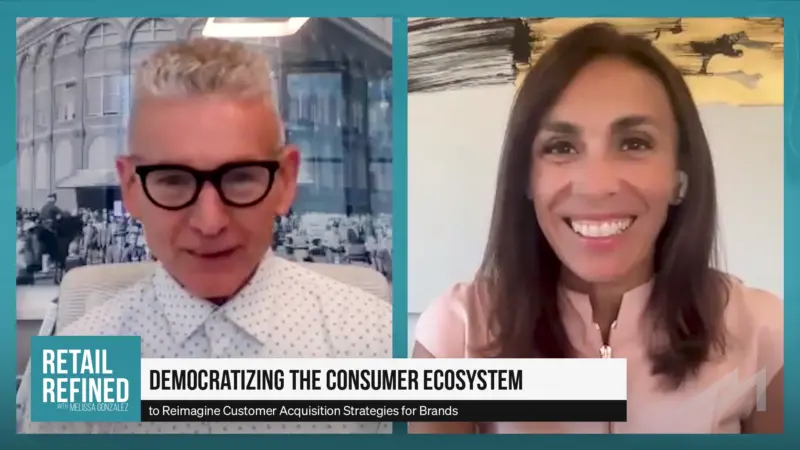Adjusting to Supply Chain Issues Ahead of Holiday Season Demand
Keypoints:
- With the holiday two months away, companies are still dealing with supply chain issues.
- Businesses have been preparing but are still plagued with shortages.
- Chessgammon has found that their orders have been taking 9-10 months.
Commentary:
The holiday season is almost upon us. If they haven’t already been, businesses should be preparing for that rush of consumers to hit their stores and websites. But this holiday season is still not typical, with supply chain issues plaguing every industry, causing either a shortage or a delay in goods. MarketScale’s Justin Honore talked with Rizwan Girach, Founder of Chessgammon, a company that makes handmade chessboards and pieces, the type of challenges this supply chain issue can bring to a product that already requires a lot of time to complete.
Abridged Thoughts:
In terms of what we found due to the demand of the pandemic, we found that obviously there’s a huge range of products we get in. More specifically, I’ll talk about the chess pieces that are a more classic example because they’ve been the ones affected the most (by the holiday season supply chain issues).
So, I’ll just briefly explain how a chess piece tends to be manufactured. You’ve got essentially a block of wood that gets dried over a considerable number of months that then gets crafted by a manufacturer. A lot of these craftsmen, during the pandemic, were either off as a result of COVID or, due to restrictions in India, where they are made, the government locked down the city where work was entirely at a standstill.
This meant that a lot of what we would have come in over a period of about three months or so, we’ve found that it’s taking upwards of about nine to ten months to get in potentially. So many of the orders we had placed in November or October last year, we would’ve expected them to arrive by February to March.







